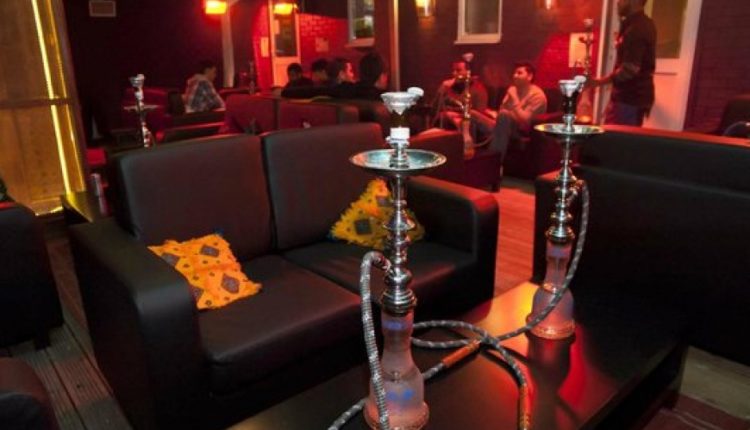The Ghana Health Service (GHS) has decried the rising use of shisha among teenagers in the country, as it has emerged that 1.3 per cent of students at the Junior High School (JHS) level in Ghana smoke it.
Shisha is a single- or multi-stemmed instrument for vapourising and smoking flavoured tobacco, or sometimes cannabis or opium, whose vapour or smoke is passed through a water basin—often glass-based—before inhalation. It consists of a head or tobacco bowl in which tobacco is placed, a body, a water bowl, a hose and a mouthpiece.
Even though public smoking is illegal in Ghana, operators of pubs and drinking bars serve customers with shisha at a cost, as part of services provided.
“We have seen that 1.3 per cent of junior high school students are now using shisha,” Dr Kyei Faried said, as the world marks World No Tobacco Day (WNTD) on May 31.
Dr Kyei said on Friday that shisha is made to look attractive with nice perfumes and sweet substances laced in the tobacco, which gives a false impression that the substance is good.
He added that manufacturers of the product have “increased the nicotine in the shisha tobacco about three times more [than that of normal tobacco]. That means that the tendency to be addicted when you use shisha, to tobacco, is very high”.
He is, therefore, warning the youth to desist from consuming the substance.
Researchers estimate that smoking shisha for an hour is equivalent to 100 sticks of cigarette. Deep breaths and longer smoking time associated with shisha further puts the lives of users at a higher risk.
This year’s World No Tobacco Day seeks to raise awareness on the harmful and deadly effects of tobacco use and second-hand smoke exposure and to discourage the use of tobacco in any form.
The focus of World No Tobacco Day 2019 is on “Tobacco and lung health.”
The campaign is aimed at increasing awareness on the negative impact tobacco has on people’s lung health, from cancer to chronic respiratory disease and the fundamental role lungs play for the health and well-being of all people.
The campaign also serves as a call to action, advocating effective policies to reduce tobacco consumption and engaging stakeholders across multiple sectors in the fight for tobacco control.
Source: classfmonline


Comments are closed.